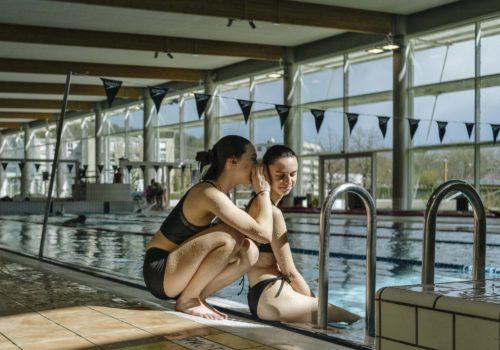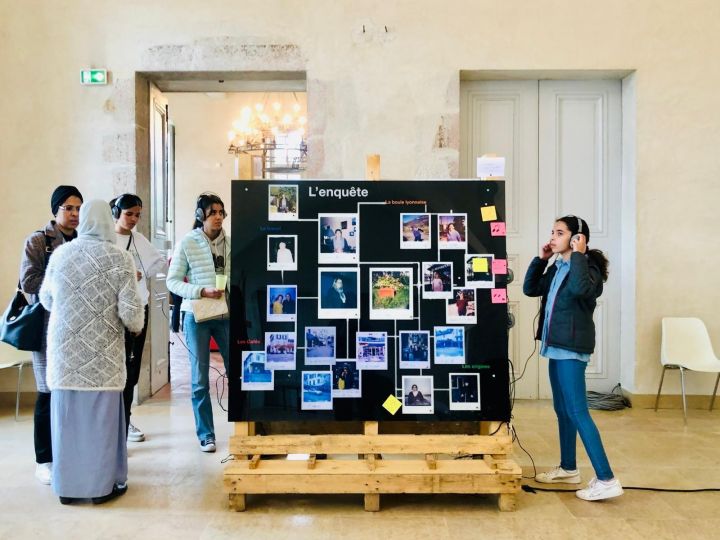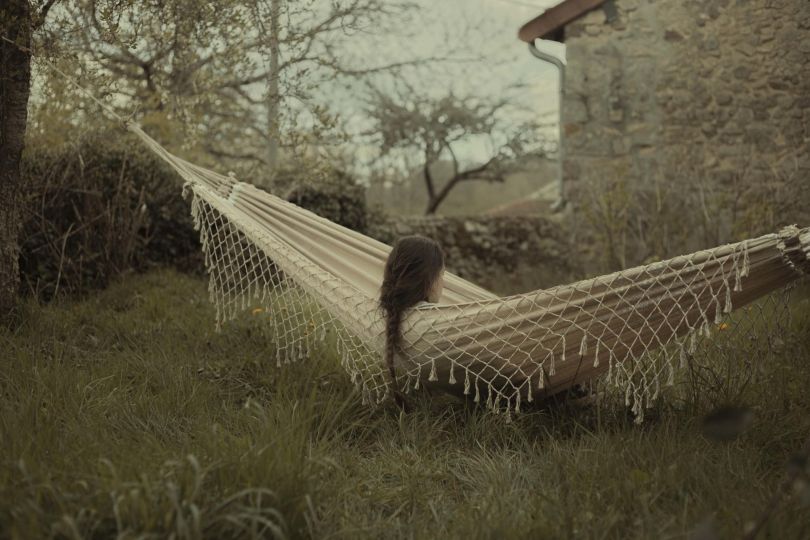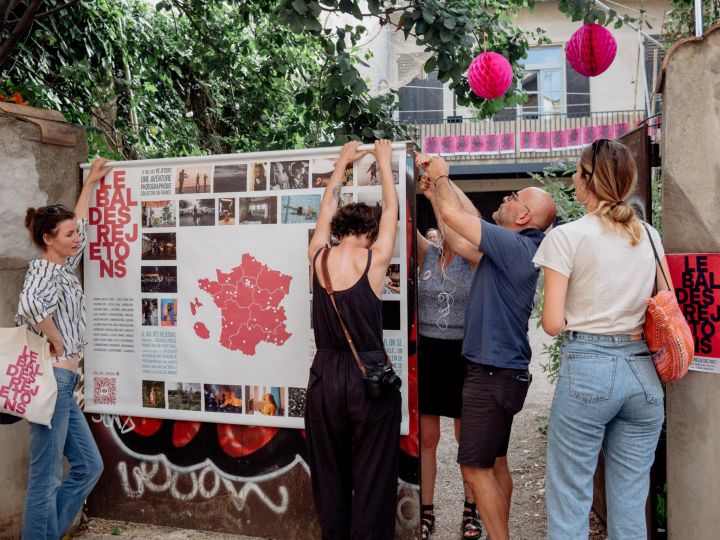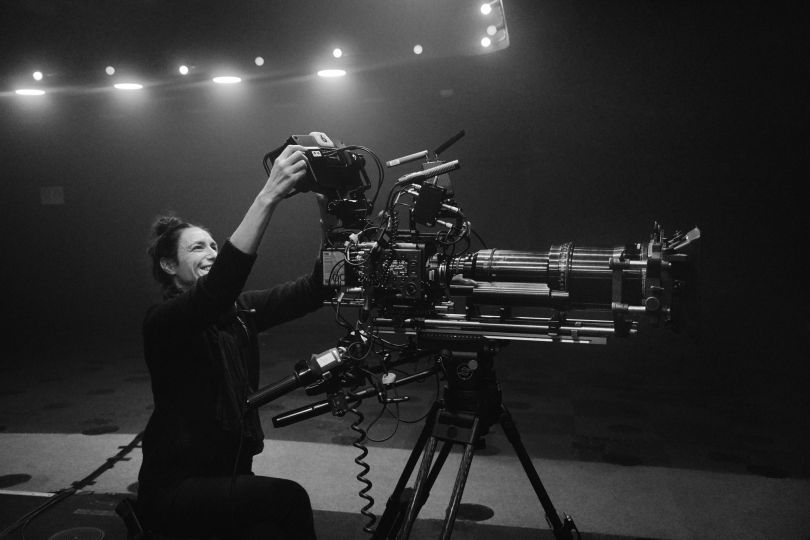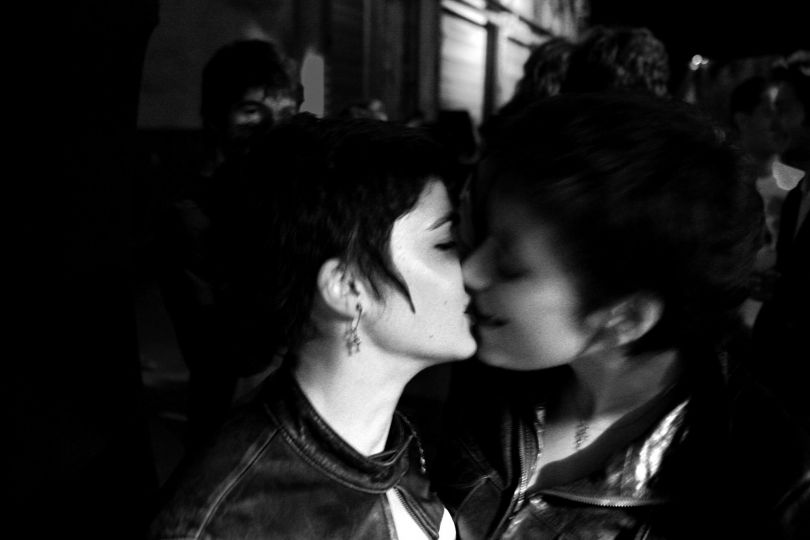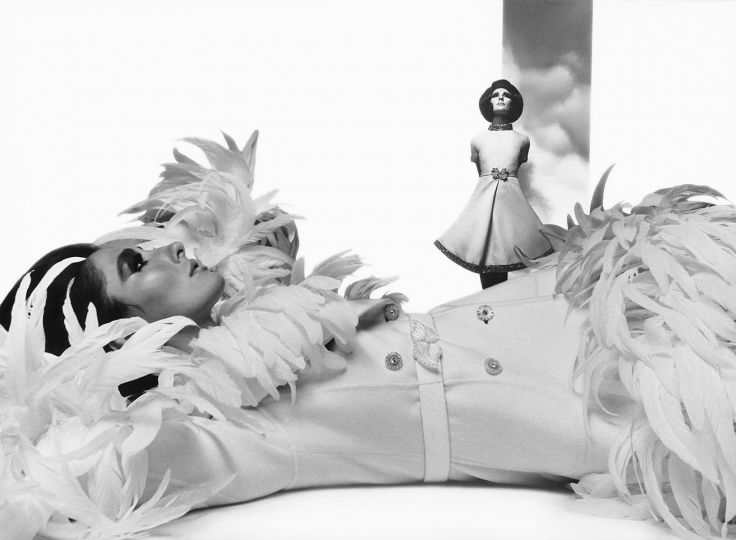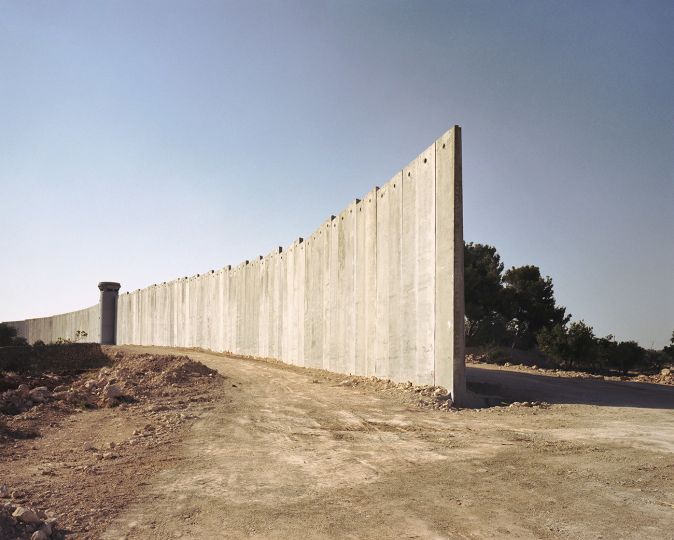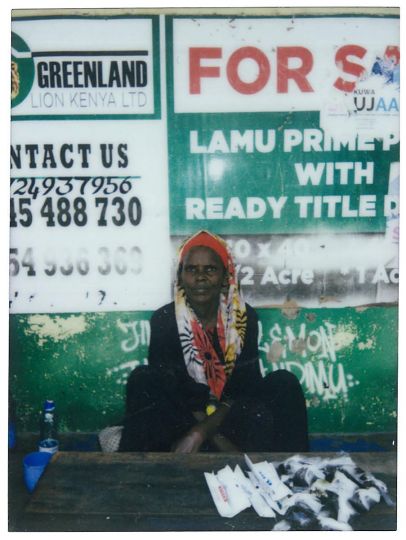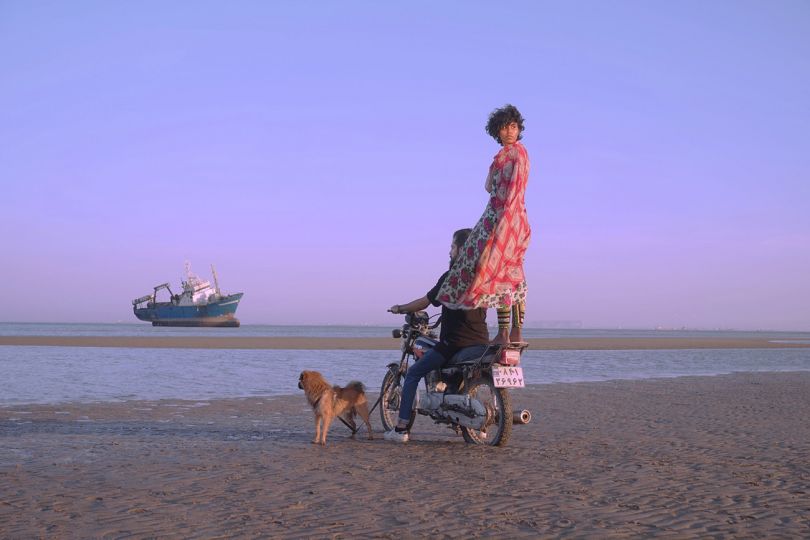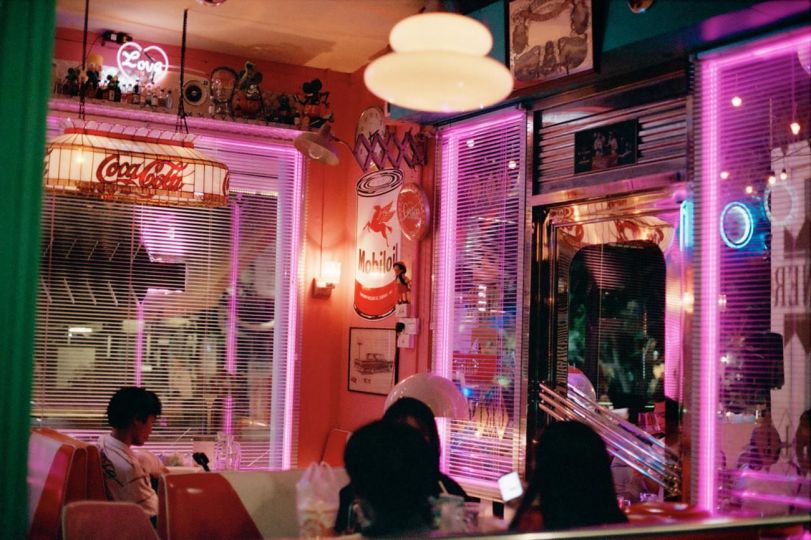It seemed natural: young photographers and friends from Hors Format formed a collective right after finishing their photojournalism training in 2020. Now scattered across France and even the world, four of the seven members still share an unchanged desire to create, connect, and work under the same family name.
How did the collective begin?
Camille Nivollet: We met during the photojournalism program at EMI-CFD. In May 2020, at the end of the course, six of us came together to form a collective. It felt like the obvious next step. It would have been almost weird not to do it!
Paul Lemaire: We’d all dabbled in photography and realized it could be a pretty solitary job. Since we got along so well during the program, forming the collective was a way to stay connected and keep that spirit alive.
Camille Nivollet: I felt that we had support from our two instructors, Julien Daniel and Guillaume Herbaut, who gave us advice when we had questions. They also gave us a heads-up, saying, “Be careful; collectives can start and stop too.” That’s how it began. Victorine joined in June, and Léo in December.
Paul Lemaire: At first, we didn’t compare ourselves to anyone; we just wanted to be together, without any outside vision of what a collective should be. When Léo arrived, he brought that perspective.
Léo Keler: My father is Alain Keler, from the Myop agency. Going to events as a volunteer, I learned a lot about what a collective is: promoting your own work while positioning it alongside other photographers. I grew up with these notions of agencies and collectives—about having collective weight, telling stories differently.
How did you formalize the creation of Hors Format?
Camille Nivollet: Registering as an association with members and a board gives it legitimacy. In the first few months, we also wrote a charter outlining our values and the collective’s identity.
Paul Lemaire: Back then, it was pretty superficial. We weren’t yet sure what our practice would be.
Camille Nivollet: We tried to do it like the big collectives do. But it was a base to start working from!
Victorine Alisse: I remember working on the website; seeing our photos come together in the slideshow and how all these different identities united—it made sense!
After four years, do you still have the energy of the early days?
Léo Keler: From the beginning, we’ve all wanted to move Hors Format forward while advancing our individual careers. We’re just as proud of each other’s work as we are of the collective’s. We share the same last name, and we always add the collective name in our credits.
Victorine Alisse: When it’s missing, it’s always a bit frustrating!
Camille Nivollet: With the collective, you always have someone to send a photo to, someone who’ll give feedback, listen—especially in photography, where you’re often alone. If you’re struggling to stay motivated with personal work, you can always do something for the collective. It’s very energizing. And seeing a friend succeed is really fulfilling.
How do you share your work?
Léo Keler: It’s an ongoing, complex process—how to stay independent and make our projects visible. Instagram, for example, is a tool, so we’re figuring out how to use it. We’re especially interested in videos and Reels. Every year, we also create a collective portfolio that we distribute for free.
Do collective projects help make the group more well-known?
Léo Keler: The first project to really gain visibility, What Connects Us, happened almost by chance. On Lightroom, I stumbled across Paul’s images mixed in between mine. I realized that while I was shooting in eastern France, he was shooting in Chile. That led us to create diptychs from photos taken by different members on the same day. We made about thirty of these in 2022, giving new life to our young archives.
And then there was We Didn’t Grow Up Together…
Victorine Alisse: It was the first time we produced something together, with the idea of intertwining six stories about young people—reflecting different realities and this transition into adulthood.
Camille Nivollet: Our challenge was to do work based on our own ages and perspectives. We don’t have the same backgrounds or lives. It was about exploring ourselves and our questioning through them.
Victorine Alisse: Camille focused on beauty pageants for young men, Philémon on young rappers in Toulouse, Paul on Vietnamese immigrants in Marseille, etc. We wanted to bring together life paths that wouldn’t normally intersect. We were able to showcase this project in Arles this year. We wanted a space where people could experience our work as part of their everyday life, always with the idea of making our projects accessible to the widest audience.
Paul Lemaire: It took a year and a half of preparation—finding time for an unpaid project, and choosing a theme that resonated with everyone. It was foundational for us as a collective.
Léo Keler: We sacrificed a lot of personal and professional time for this project, but we loved doing it. It was intense. Afterward, we needed time to return to our individual projects. Now, we’re focused on continuing these first two projects rather than constantly producing new ones.
Alongside this, you also run photography workshops?
Camille Nivollet: With my background in Fine Arts and music, I was drawn to doing workshops and creating with others. When we founded Hors Format, I suggested we do the same with photography. I had experience writing project proposals, and everyone agreed. Now everyone participates. Last year, Paul led a project with a school in Romainville as part of the Olympics. Soon, we’ll work with international students, combining sociology and photography.
How do you see the collective evolving?
Paul Lemaire: We might grow a bit, but we want to stay small, no more than ten people. The goal is to keep it close-knit so we can see each other. Beyond a certain size, it becomes complicated.
Léo Keler: In our charter, we committed to being a female-majority collective, which is important to us in a still very male-dominated field.
Camille Nivollet: The guys are informed and supportive, with humanistic values. There’s also this strong sense of support; when one of us has an event, we all go. That’s why it doesn’t make sense for us to become a large collective. We’ve got this tight-knit group where we support each other and meet up.
Paul Lemaire: We’re in Paris, Marseille, Brittany, and abroad. It’s important not to spread out too far because we’re always happy to reconnect!
More information:

